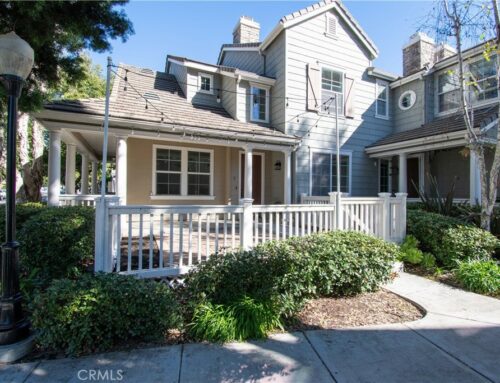In 1789, Benjamin Franklin wrote, in a letter to Jean-Baptiste Leroy, “ . . . in this world nothing can be said to be certain, except death and taxes.”
And one certain thing about taxes is that, once imposed, they are usually increased, seldom reduced, and almost never go away. But in September 2016, a tax imposed twenty-seven years ago is going away.
In that month, 16,000 property owners in Mission Viejo and Aliso Viejo will stop paying a Mello-Roos tax, something they were scheduled to continue doing at least until 2020 and quite possibly in perpetuity. Their collective savings will be about $10 million annually.
To understand why this tax is going away, one must understand how it originated and how it was used or, some would say, misused.
In 1978, California voters passed Proposition 13, which restricted the ability of local public agencies to raise funds by increasing property taxes. To provide an alternate method of financing public improvements, state Senator Henry J. Mello (D-Watsonville) and Assemblyman Mike Roos (D-Los Angeles) co-authored the Community Facilities Act of 1982.
This Act made it possible first to define a community facilities district (CFD) and then to tax all of the parcels within that district as a means of paying the principal and interest on bonds used to fund facilities—such as parks, roads, and schools—for that district.
Thus, rather than forcing builders to pay upfront for projects to meet the needs their developments created, it was possible for government agencies to borrow hundreds of millions of dollars for those projects and to pay off that debt through Mello-Roos taxes collected over decades.
In 1987, the Mission Viejo Company and the Capistrano Unified School District (CUSD) signed an agreement establishing Mello-Roos Community Facilities District 87-1, the oldest and largest CFD in that school district.
After spending nearly ten years requesting and reviewing pertinent public documents, CFD 87-1 residents were able to argue persuasively that the school district had no list of projects funded, could not account for the bond revenue it had spent, had never appointed the requisite three-member review/appeal board, and had routinely used CFD 87-1 funds for projects outside that CFD—all in apparent violation of the original agreement.
As a result, in January, members of the CUSD Board of Trustees voted unanimously to stop collecting the tax.
To read more about this tax and other real estate–related news, see the “News Bites” on pages 32–33 in the March 2014 issue of the Orange County REALTOR®.
Original Blog Post Written By: Sherri Butterfield for OCAR





